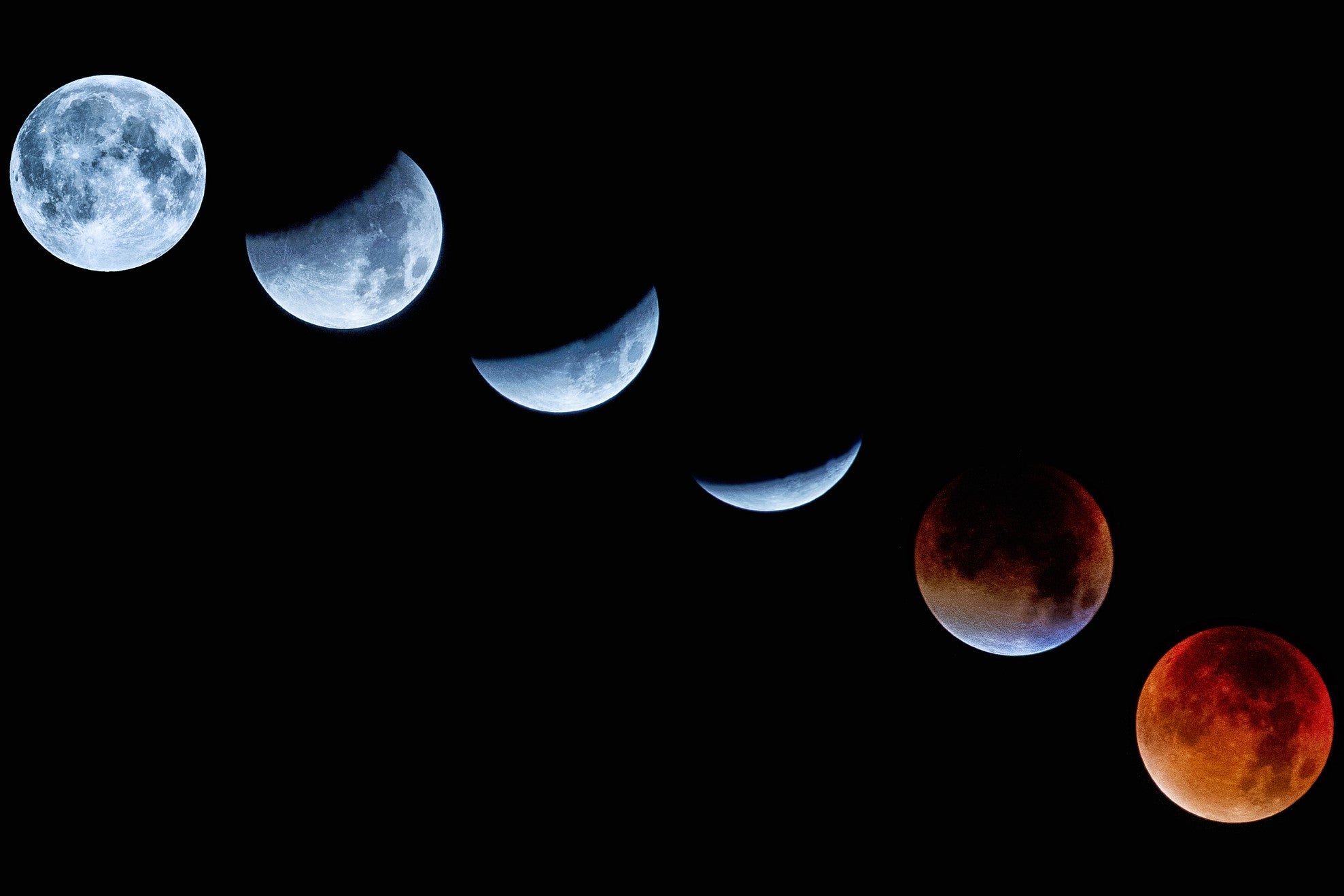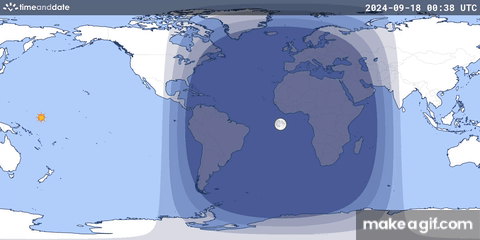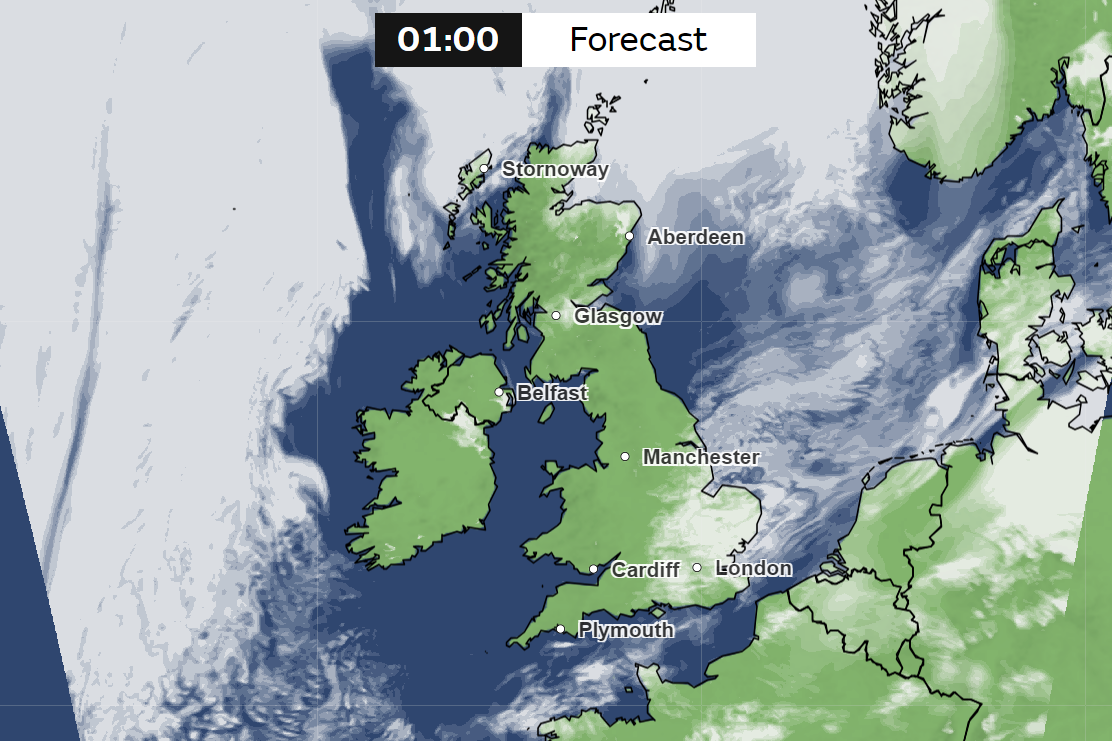How to watch partial lunar eclipse tonight
The full Moon will also be a supermoon, appearing bigger and brighter and changing colour during the eclipse
Your support helps us to tell the story
From reproductive rights to climate change to Big Tech, The Independent is on the ground when the story is developing. Whether it's investigating the financials of Elon Musk's pro-Trump PAC or producing our latest documentary, 'The A Word', which shines a light on the American women fighting for reproductive rights, we know how important it is to parse out the facts from the messaging.
At such a critical moment in US history, we need reporters on the ground. Your donation allows us to keep sending journalists to speak to both sides of the story.
The Independent is trusted by Americans across the entire political spectrum. And unlike many other quality news outlets, we choose not to lock Americans out of our reporting and analysis with paywalls. We believe quality journalism should be available to everyone, paid for by those who can afford it.
Your support makes all the difference.Tuesday night will see a partial lunar eclipse coincide with a supermoon full Moon that will appear throughout most of the world.
Anyone with clear skies in Europe, Africa and North and South America will be able to watch the partial lunar eclipse, which will see the Earth’s shadow appear on the surface of the Moon. The sky will also change colour, as the light from the Sun will pass through the Earth’s atmosphere before reaching the Moon.

The Moon will begin to pass into Earth’s partial shadow at 1:41am BST on Wednesday morning (8:41pm EDT on Tuesday), before entering the full shadow at 3:13am BST (10:13pm EDT). The maximum point of the eclipse will take place at 3:44am BST (10:44pm EDT), with the celestial event coming to an end at 5:47am BST (12:47am EDT), lasting just over four hours.

Clear skies are predicted across most of the UK tonight, accroding to the latest forecast from the Met Office, with light cloud drifting in across the south east by the time the partial lunar eclipse comes to an end.
Given the brightness of the supermoon full Moon, it should still be visible even with light cloud cover.

For anyone not beneath the path of the partial lunar eclipse, or living in an area without clear skies, then a live stream will be available to watch online for free from various observatories, as well as Time and Date’s YouTube channel.
The imperfect alignment of the Sun, Earth and Moon will see just 3.5 per cent of the lunar surface in complete shadow, with the rest of the Moon darkening and changing colour.
The Moon will also appear bigger and brighter than usual, as it nears its closest approach to Earth.
“The term ‘supermoon’ was coined by astrologer Richard Nolle in 1979 as either a new or full Moon that occurs when the Moon is within 90 per cent of its closest to Earth,” Nasa notes on its website.
“Since we can’t see new Moons, what has the public’s attention are full supermoons, the biggest and brightest Moons of the year. Although different publications use different thresholds for deciding which full Moons qualify, most agree this will be the second of four consecutive supermoons, effectively tied with the full Moon in October for the closest of the year.”

Join our commenting forum
Join thought-provoking conversations, follow other Independent readers and see their replies
Comments